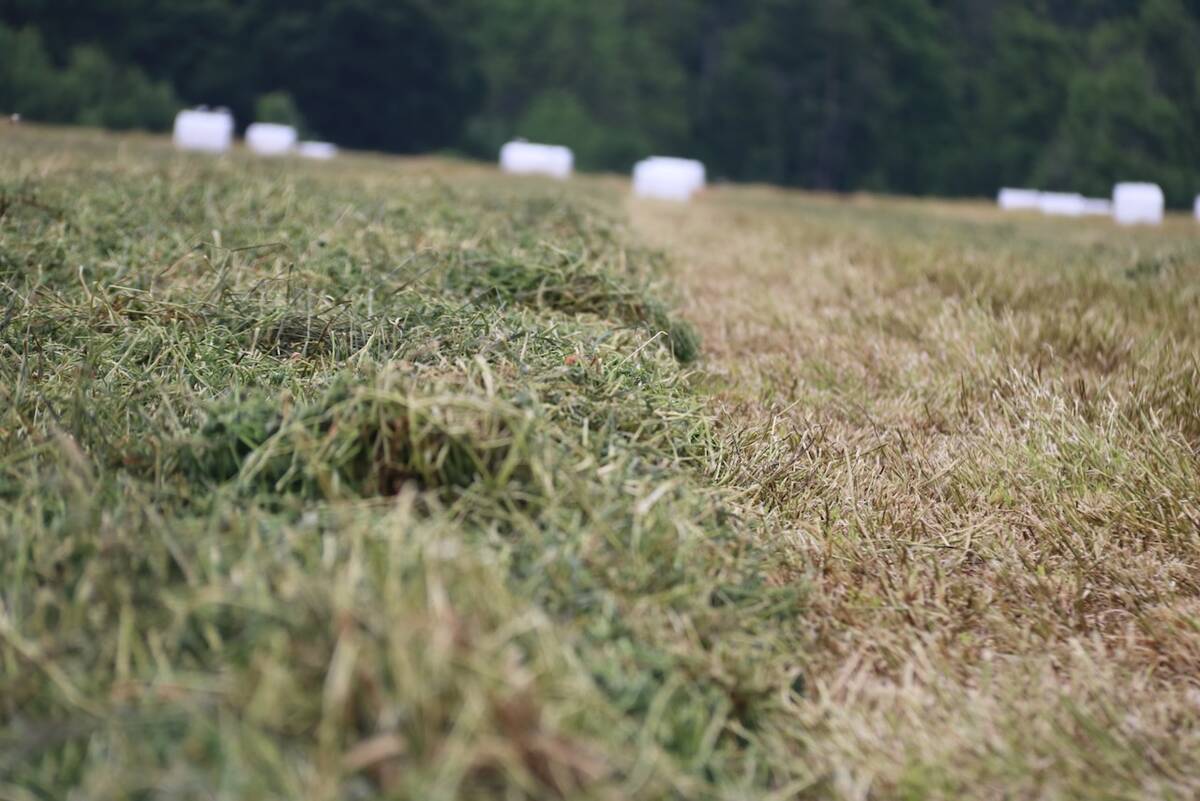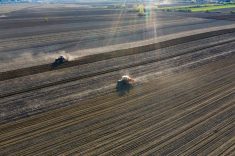Controlling wild oats is not an easy task. But researchers hope a six-year study will reveal a recipe to manage wild oats with fewer herbicides
Wild oats is one of our most common weeds and the weed we spend the most money on in terms of herbicides every year. And of course resistance is building up,” said Eric Johnson, weed biologist with Agriculture and Agri-Food Canada.
Johnson said that there aren’t many herbicide groups available to control wild oats. Group 1 and Group 2 herbicides are most commonly used, but there is a quite a bit of resistance to Group 1s.
“There is a possibility that we could be using Group 2s more often, but we have cases of Group 2 resistance and we also have cases of multiple resistance,” said Johnson.
Read Also

New high-performance forage training program to launch in 2026
A new Canadian Forage and Grasslands Asssociation high-performance forage program will be a resource for farmers, agronomists and others in the forage sector.
Johnson is working on a project, led by Dr. Neil Harker, looking at using management practices to reduce wild oat populations. “Or, if the day comes that we have no wild oat herbicides available to us, that it’s resistant to everything, is there a way we can still manage wild oats?”
Management practices
Researchers are currently in the fifth year of the six-year study, so they haven’t had a chance to analyze all the results yet. But they have seen benefits from some management practices, such as diversifying the rotation.
For example, they added winter cereals, such as winter triticale, winter wheat and fall rye, to some rotations. A typical rotation in the study would include winter wheat, followed by winter triticale.
At the annual Scott Field Day last July, Harker explained that summer annual weeds, such as wild oats, are becoming more common partly because farmers grow summer annual crops. Winter annual crops break that cycle.
“We know they’re very competitive with wild oats because of their growth habit and the fact that they start growing earlier in the spring and compete very well,” said Johnson.
Harker said the rotations that were herbicide-free for three years and included winter wheat and winter triticale sometimes controlled wild oats as well as the canola-wheat rotation. Full herbicide rates were applied to the canola-wheat rotation.
Johnson said including a winter cereal only once in a four-year rotation doesn’t seem to have a big impact on wild oats over the long term. But “if you get a good stand of winter cereal, you might not have to use a (wild oat) herbicide that particular year. So that reduces the selection pressure.”
And including alfalfa in rotation drives the seed bank down, reducing wild oat populations to the same levels as the canola-wheat check.
Johnson said the alfalfa results are encouraging, but not surprising. The Scott Research Farm has an 18-year alternative cropping study that includes three years of alfalfa in the rotation.
In annual cropping systems and other treatments where researchers have applied Group 1 herbicides regularly, about half the wild oats are Group 1 resistant, said Johnson of the 18 year study.
“And in the plots that include perennial forages, it’s less than 10 per cent,” Johnson said, adding Dr. Hugh Beckie is examining the preliminary results from the 18 year study now.
Next year all the plots from the six-year study will be seeded to canola, and researchers will be able to analyze results. But Johnson said so far they’ve been able to manage the wild oats in some cases by using the right combination of management practices.
Along with perennial and winter cereal crops, higher plant populations help the crop out-compete wild oats. And cutting barley silage at the early milk instead of soft dough stage prevents wild oats from going to seed and improves silage quality.
“Not just one management practice is going to solve their wild oat problem or manage their wild oat problem. It’s a combination of all these practices, and that’s what we’re hoping to show in this comprehensive study over a number of years,” said Johnson. †















